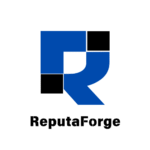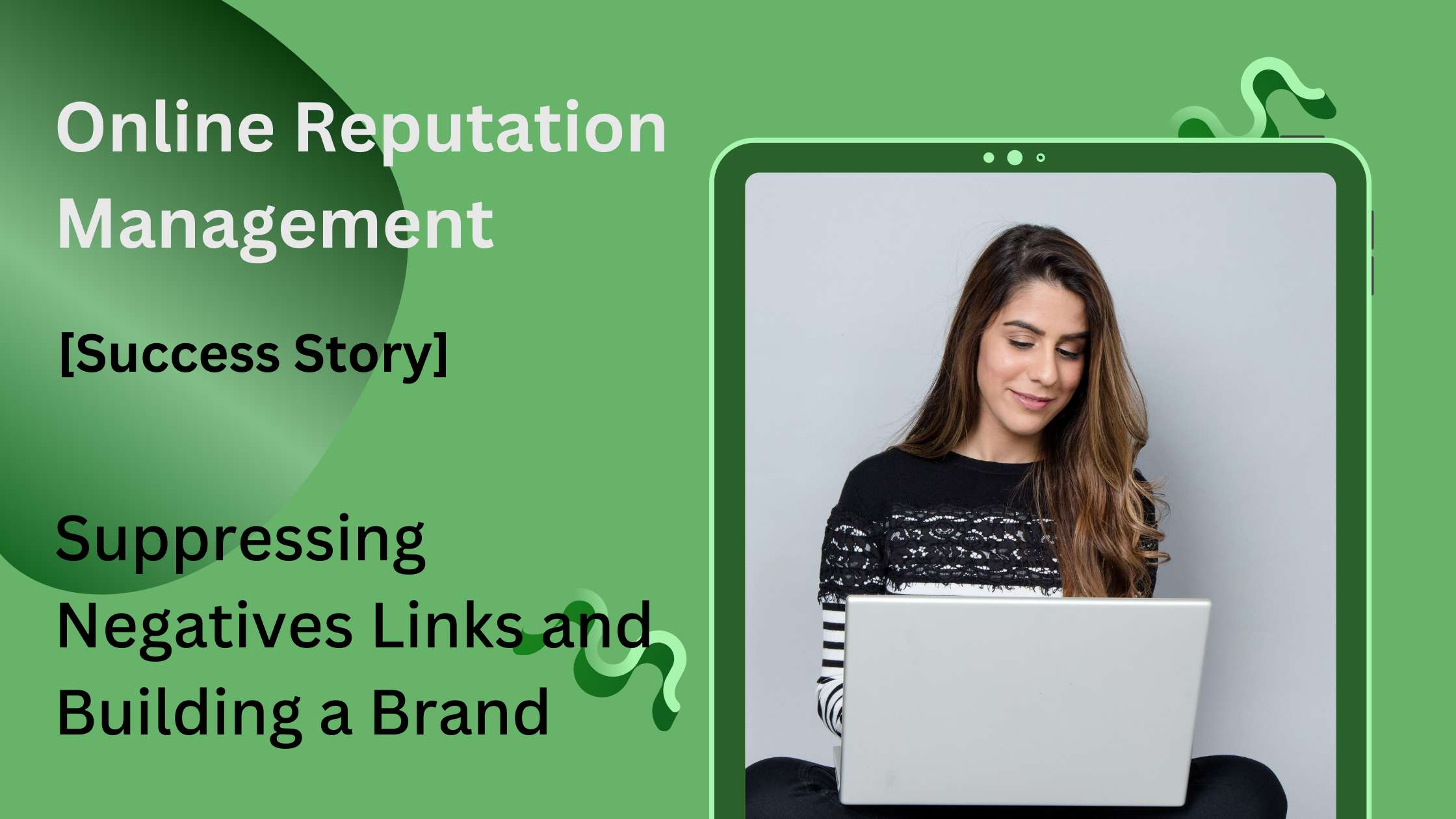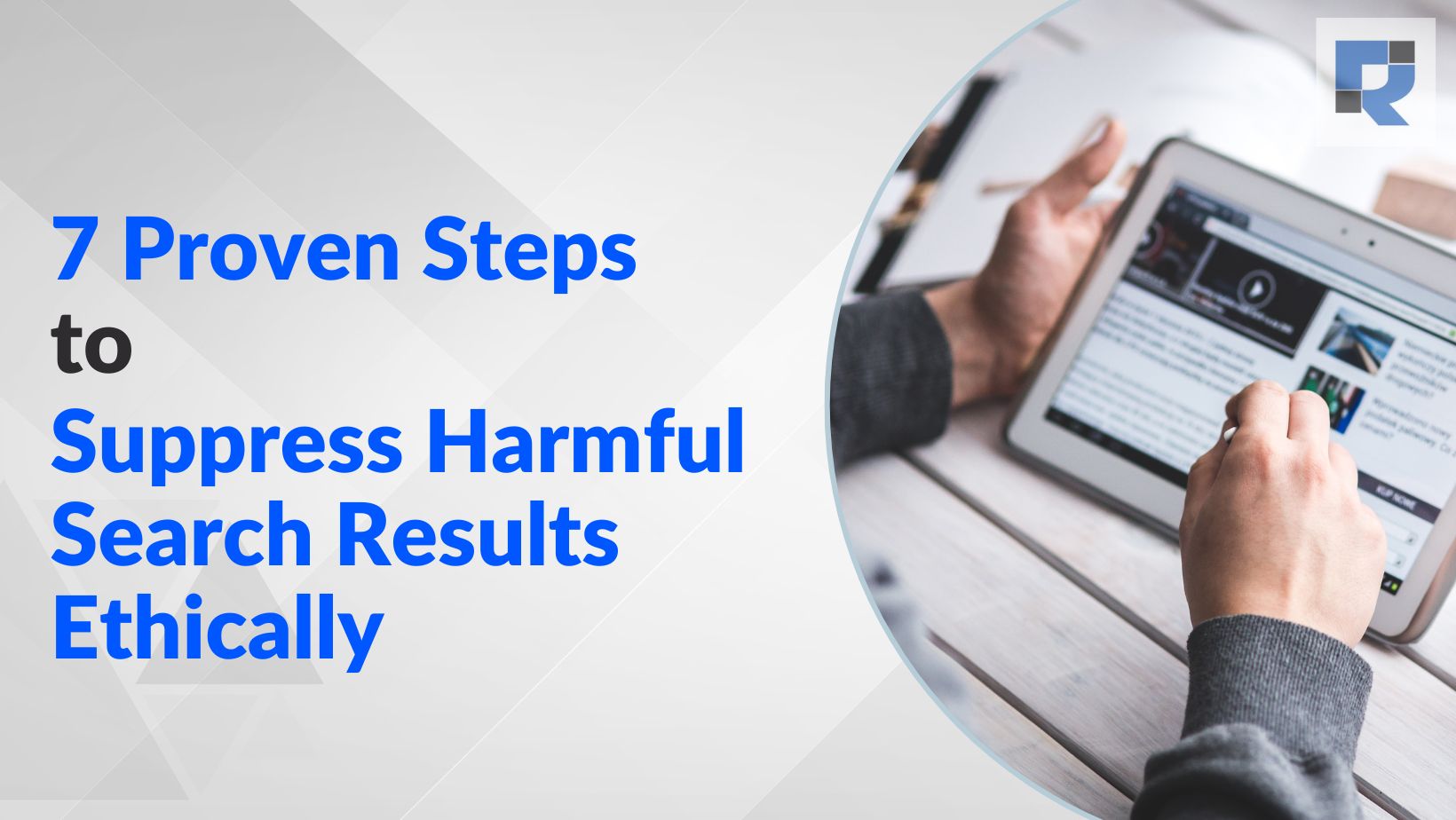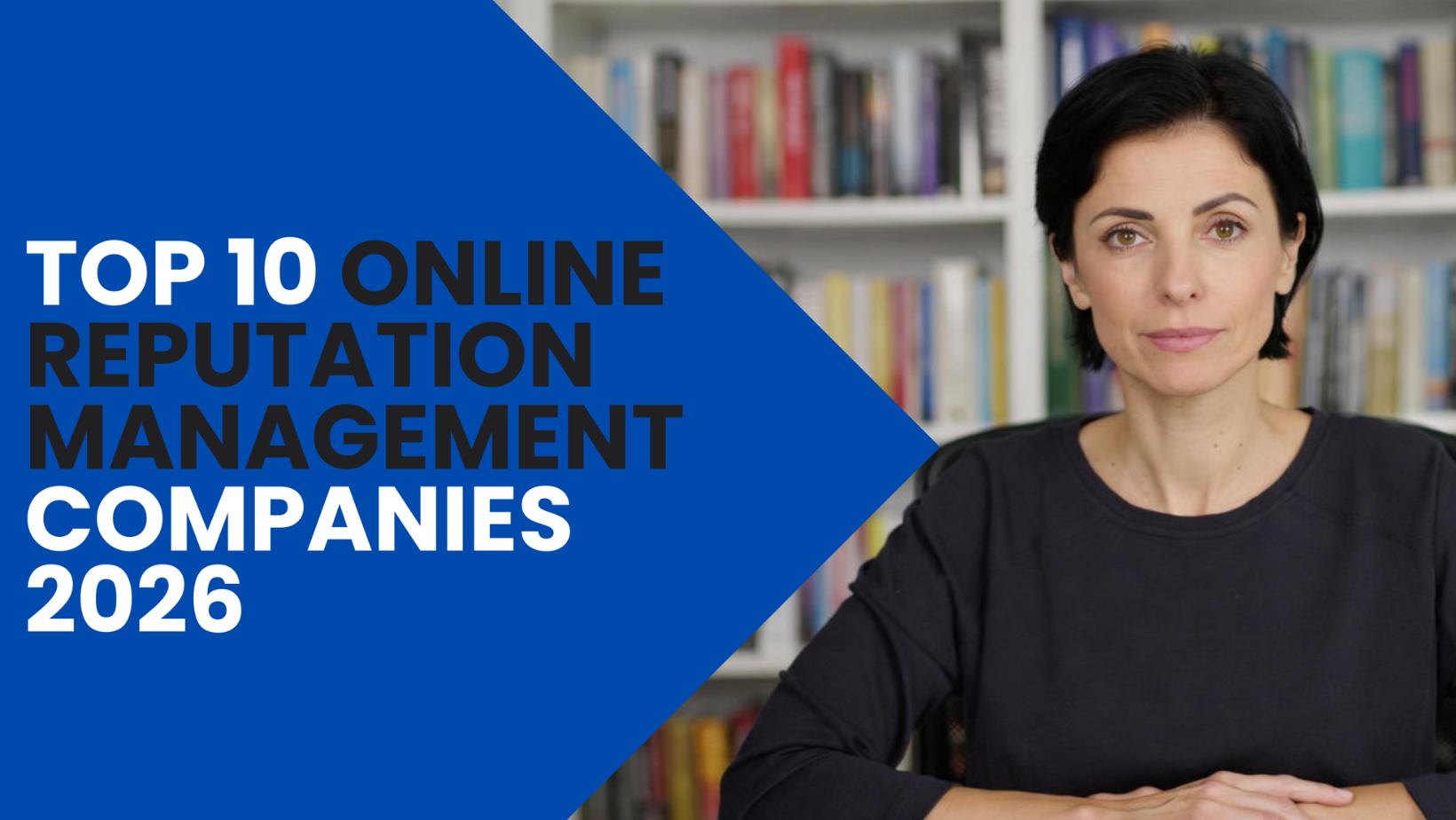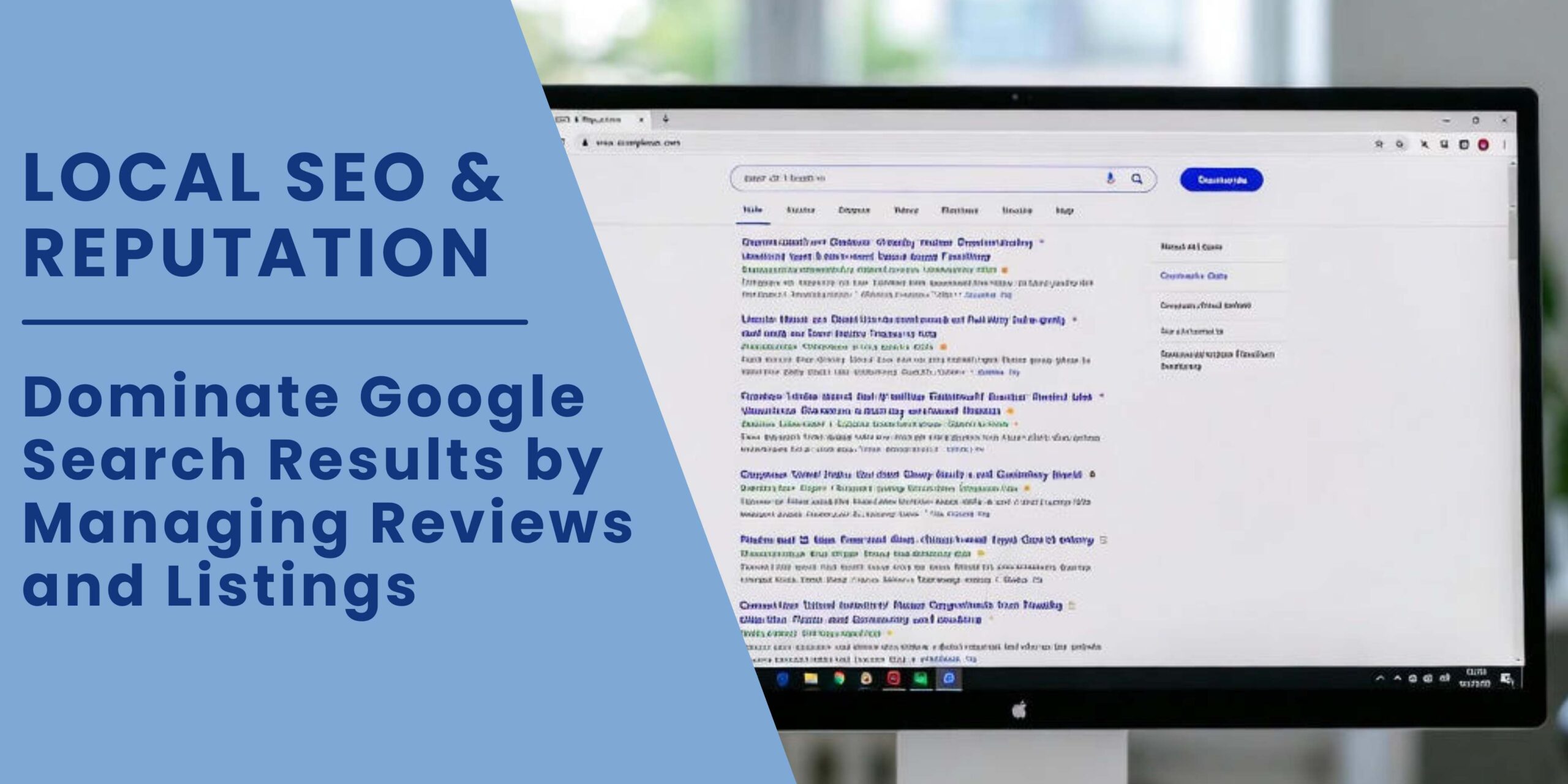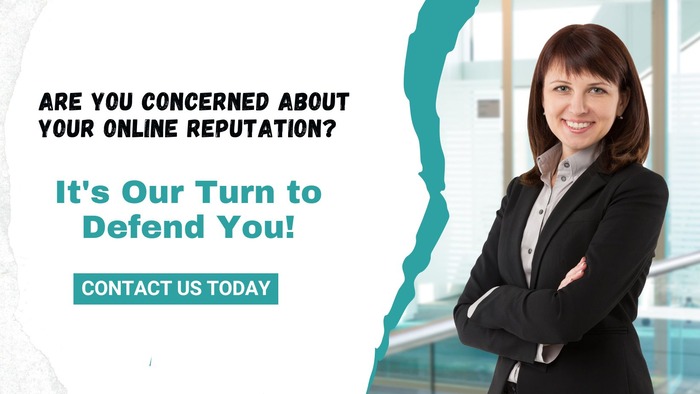Your brand’s reputation lives and breathes online. For many, the first introduction to your company isn’t through your website—it’s through a simple search on Google. The impressions formed in those first few seconds can define whether someone trusts your brand or not. And when harmful or misleading results dominate the search results, the impact can go far beyond reputation; it can quietly stand in the way of opportunities meant for you.
This is exactly the dilemma one of our clients faced when they came to us. Not one or two, but nearly 15 negative articles were ranking prominently in the top 20 Google search results for their brand name. Earlier, another ORM (Online Reputation Management) company was managing their case, but after wasting six months and over $20,000, they had absolutely nothing to show for it. No credible results, no shift in rankings, no positive assets rising, and no trust built with the client.
The story below is a deep dive into why their earlier approach failed, what the client truly needed, what we proposed, the steps we took, and—most importantly—how we gradually transformed their online reputation in a way that produced both brand trust and revenue-generating assets.
Table of Contents
- Work Done by The Previous ORM Company
- The Core of the Client’s Needs
- The Situation Before We Started
- The Solution We Proposed
- Why We Recommended This Approach
- Execution: Hours, Efforts, and Strategy
- Results After the First Month
- Results After Three Months
- What the Client Thinks After Seeing the Result
- What You Should Know Before Hiring an ORM Company
- Protect Your Reputation, Protect Your Future
- Conclusion
- FAQs
What’s Wrong the Previous ORM Company Did
When negative results drown your brand in search, there are typically two solutions:
- Suppress unwanted links by pushing them down.
- Create authentic positive signals that rise naturally.
The previous ORM company, however, went for a shortcut that has time and again proven to be a losing strategy. They suggested buying multiple new domains with the client’s brand name covered and then creating fresh websites with generic content.
They created 10 different websites, dumped some copied or low-value articles on them, and hoped—magically—they would climb up in Google rankings and push down negative results.
But here’s the reality:
- Brand-new domains rarely rank quickly. Google trusts older, authoritative sites with good backlinks, not random domains created a few months ago.
- Low-quality content doesn’t gain traction. Search engines today are sophisticated enough to spot fluff content created only to rank.
- No link-building or media presence was done. Without high-quality backlinks, proper content distribution, and reputation assets, those 10 domains had virtually zero chances of surfacing in the top three Google pages.
- Poor client communication and transparency. For six months, the client was told to “just wait,” all while money burned and nothing improved.
After six months, none of the new domains appeared within the first three pages of Google, and the brand was still suffocated under the same 15 damaging articles.
This is why their approach didn’t just fail—it wasted precious time, money, and the client’s patience.
The Core of the Client’s Needs
When the client came to us frustrated and skeptical, they weren’t asking for fancy tricks or complicated SEO theories. Their requirements were very clear and deeply human:
- Trust: They wanted transparency and someone who could explain not just what we were doing, but why.
- Negative Results Suppression: Practical action to push damaging articles down where they would no longer harm first impressions.
- Brand-Building: Beyond just suppression, they wanted to establish genuine credibility online with assets that bring long-term visibility, trust, and even customers.
The Status Before We Started
At the time of onboarding, here was the status:
- 15 negative results occupied the top 20 rankings when their brand name was searched.
- Only a handful of neutral or semi-positive mentions existed across the web.
- The previous ORM-created domains were ghost towns with little traffic and zero authority.
- Search visibility was stagnant, and every day the client hesitated to engage in business conversations for fear prospects would Google them and find damaging reputation reviews.
This is the picture of a reputation crisis that couldn’t be solved with shortcuts; only a steady, genuine solution would work.
The Solution We Proposed
Instead of creating artificial websites or spreading the brand thin across pointless domains, we designed a comprehensive ORM strategy with three pillars:
- Build on Positive Reputation Assets:
- Strengthen existing credible profiles such as business directories, LinkedIn, Crunchbase, press releases, and industry listings.
- Create high-value articles, blogs, and thought leadership pieces on authoritative platforms.
- Smart SEO + Content Approach:
- Optimize branded content with keywords to outperform negative stories.
- Leverage strategic link-building for genuine platforms, not spammy networks.
- Consistent and Targeted Workload:
- Dedicated 40-50 hours per month, hands-on.
- Regular monitoring of rankings, tailoring strategies as we noticed early shifts.
Why We Recommended This Approach
Because Google rewards authenticity over manipulation. Trying to game the system by building low-quality websites hardly works anymore. What does work is producing credible, high-quality content across trusted platforms people recognize and search engines respect.
Additionally, ORM is not just about hiding bad press—it’s about rebuilding a brand’s story online. If we only push down negatives, but don’t create long-term positive visibility, the moment you pause efforts, the negatives will resurface. That’s why we pitched a method that would:
- Suppress harmful content.
- Grow digital authority.
- Attract organic clicks and even generate leads.
Execution: Hours, Efforts, and Strategy
Each month, we dedicated 40–50 focused hours on:
- Publishing newsroom-style press releases on reputable PR platforms.
- Building brand profiles with optimized bios and multimedia assets.
- Guest posting in industry-specific blogs with backlinks to positive assets.
- SEO-driven improvements in social media profiles and company-owned channels.
- Aggressive interlinking between existing trusted sites to improve their authority.
Transparency was key—we shared ranking updates and progress snapshots consistently so the client regained confidence that his money wasn’t vanishing into a black hole.
Results After the First Month
While ORM is a long game, surprisingly, by end of Month 1 we started seeing small but noticeable changes:
- 2 of the negative results had already slipped to the second page.
- A press release and LinkedIn page started appearing in the top 20 results.
- Website traffic increased modestly due to keyword-optimized positive content.
This early momentum renewed client trust in the process—because finally, after half a year of wasted time, they could see real movement.
Results After Three Months
At the 90-day mark, the story was entirely different:
- Negative links suppression: Out of the original 15, almost half were pushed down to Page 3 and beyond, significantly reducing their harm.
- Positive authority assets rising: LinkedIn, prominent PR mentions, and guest posts started holding strong positions on the first page.
- Relevant organic clicks: Not only did new content rank, but it drove genuine engagement—visitors were reading articles, visiting the official website, and sharing content.
- Business leads generated: Unlike the previous ORM effort, our work was not just defensive but growth-oriented. The client started receiving inquiries directly from the new optimized platforms.
What the Client Thinks Now
Today, the client’s tone has completely changed. From skepticism and frustration, he now feels:
- Relieved that finally, there is predictable progress.
- Confident that their online story aligns with their real values.
- Happy that the investment is producing not just suppressed negatives, but tangible ROI with leads.
Our consistent communication has also built the trust he craved—no surprises, no disappearances, only data-backed progress.
What You Should Know Before Hiring an ORM Company
The client’s earlier bad experience—and our eventual turnaround—offers a lesson to anyone looking to hire an ORM partner. Before investing, evaluate your service provider on the following standards:
- Trust First: Do they communicate transparently about their strategy and show evidence?
- Expertise: Are they skilled in SEO, PR, reputation repair, and content marketing—or just buying domains?
- ROI-Focused: Does the plan create assets that return business value beyond just suppression?
- Affordable yet Effective Solutions: Avoid overpriced “miracle strategies” with no guaranteed timeline.
- Proven Results: What case studies or successful transformations can they show you?
- Privacy: ORM deals with sensitive issues—confidentiality is non-negotiable.
- Consistent Support: Real ORM is ongoing; avoid one-off “quick fixes.”
Protect Your Reputation, Protect Your Future
Don’t let negative search results dictate the perception of your brand. Online Reputation Management, when done with strategy and expertise, is not just damage control—it’s an opportunity to build authority, visibility, and trust.
If your Google search results are overrun with damaging articles, reviews, or false accusations, it’s time to act. Smart suppression combined with authentic brand-building can change the narrative.
Get your negative links suppressed from Google results today—hire ReputaForge and take charge of your online reputation.
Conclusion
This case study reinforces the truth that ORM is more than hiding negativity—it’s about building digital credibility. Our client wasted $20K on short-sighted tactics that produced no results, but with a carefully designed strategy, in just three months we began turning the tide, suppressing almost half of negative links, and generating measurable business growth.
If your brand’s story online is not what you want it to be, don’t wait months or years while opportunities slip away. Reputation online is your first handshake with the world—and it must reflect your best self.
FAQs
Q1: How long does ORM take to show results?
Answer: Typically, you start noticing shifts within the first month or two, but true and lasting results usually take 3–6 months of consistent effort.
Q2: Why can’t we just remove negative articles from Google?
Answer: Unless the content violates Google’s policies or law, removal is nearly impossible. The most effective approach is strategic suppression.
Q3: Is ORM only about pushing down negatives?
Answer: No. Effective ORM is about not only suppressing harmful results but also creating credible, positive assets that remain visible long term.
Q4: What makes ReputaForge different from traditional ORM agencies?
Answer: We focus on authenticity, SEO-supported assets, transparent communication, and turning online reputation into a lead-generating machine.
Q5: How much time and money do I need to invest?
Answer: On average, 40–50 hours of monthly focused ORM work yields strong movement, and compared to many overpriced agencies, our solutions are cost-effective yet result-driven.
